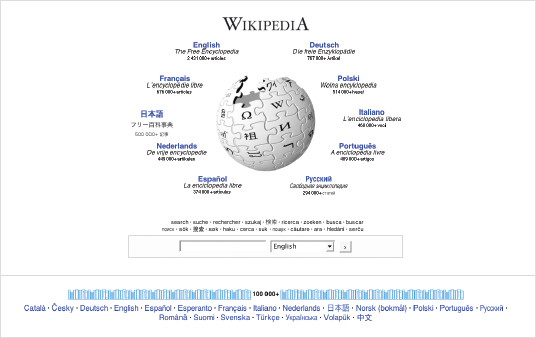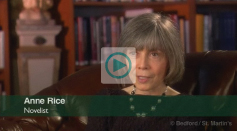Electronic and Digital Publishing
Printed Page 46
Within the formal categories discussed above, publishers are continually experimenting with alternatives to the printed-book format to remain competitive and to leverage the advantages of new technologies now available in the digital age. Examples of these alternatives include audio books and e-books.

Audio Books
Audio books (once known as “books on tape,” though they now are available primarily on CD or as MP3 downloads) became popular in the 1990s and early 2000s and generally feature actors or authors reading versions of popular fiction and nonfiction trade books. Indispensable to many sightless readers and older readers with diminishing vision, audio books are also popular among readers who have long commutes by car or train, or who want to listen to a book while doing something else, like exercising. By the early 2000s, audio books were readily available on the Internet for downloading to iPods and other portable devices.
VideoCentral
 bedfordstmartins.com/ mediaessentials
bedfordstmartins.com/ mediaessentials

Books in the New Millennium
Authors, editors, and book-store owners discuss the future of book publishing.
Discussion: Are you optimistic or pessimistic about the future of books in an age of computers and e-readers?
E-books
For about two decades, publishers have been exploring the idea of e-books to attract readers who have strayed to other media forms. In their most basic form, e-books are accessed on a Web site and read on a computer. The more heralded consumer version involves electronic books that can be downloaded to portable reading devices.
Despite years of predictions that such e-books would become a significant force in publishing sales, the e-book market never materialized. Then, in 2007, Amazon introduced a new e-book reader—the Kindle—that it hoped would make e-books so easy to download, store, and read that the market would finally take off. Unlike earlier e-book readers, Amazon’s Kindle uses a wireless connection that enables consumers to directly buy and download offerings from a selection of books, newspapers, and blogs from its online store (a version of Amazon’s bookstore). Book downloads take less than a minute. Now, Amazon delivers 105 e-book downloads for every 100 paper-based books sold.6 In 2011, in recognition of the boom in sales, the New York Times started publishing e-book best-seller lists in fiction and nonfiction. That same year, Amazon began selling its basic Kindle for $79, breaking the $100 mark, and also introduced the more expensive color touchscreen Kindle Fire. E-book apps are now available for iPods, iPads, Androids, and mobile phones, as are Nook apps for Barnes & Noble’s own popular e-book device (see Figure 2.3). The giant Borders bookstore chain, in contrast, missed the e-book boom, which many believe contributed to its bankruptcy in 2011.